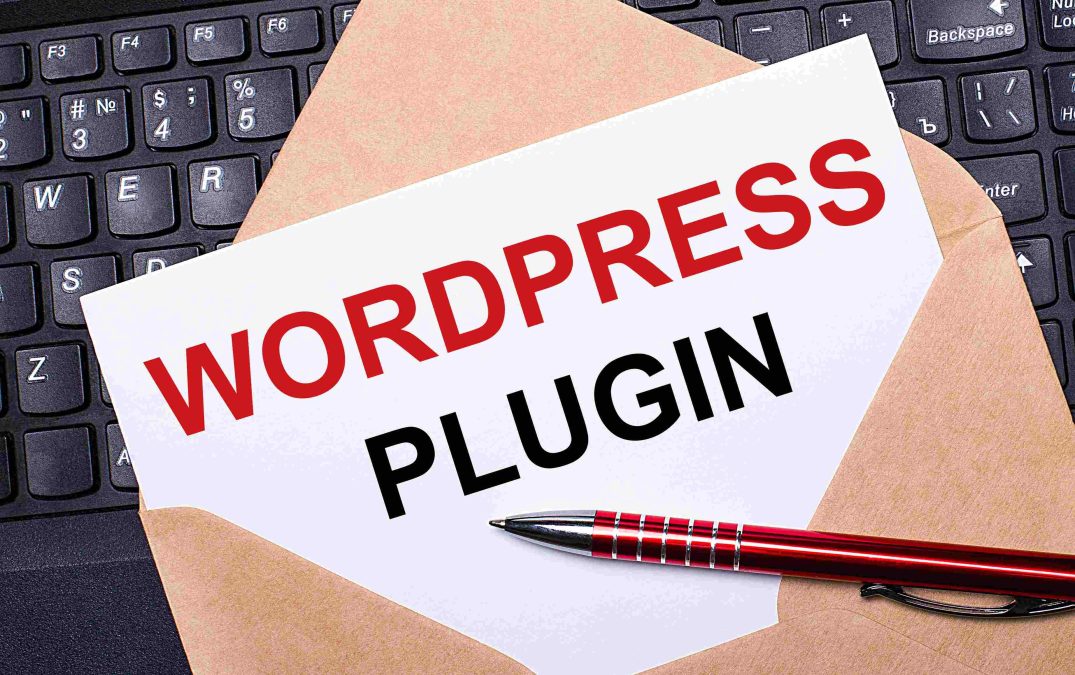As your website grows and begins attracting an international audience, it’s important to ensure that search engines correctly identify the language and geographical targeting of your content. This is where hreflang tags come in. These tags help search engines serve the right version of your website to the right audience, preventing duplicate content issues and improving your SEO. In this guide, we’ll explore what hreflang tags are, why they matter, and how to add them to your WordPress site using a plugin.
What Are Hreflang Tags?
Hreflang tags are HTML attributes that specify the language and geographic region a webpage is targeting. By implementing these tags, you tell search engines like Google which version of a page to show to users based on their language or location.
For example, if you have an English version of your website for the U.S. and another for the U.K., hreflang tags help search engines know which version to display to users from each region.
An example of a hreflang tag might look like this:
Why Hreflang Tags Are Important for SEO
Hreflang tags are crucial for websites that have multiple versions for different languages or regions. Here’s why they matter:
- Improved Search Engine Targeting: Hreflang tags help search engines deliver the most relevant version of your content to users, based on their language or region.
- Avoids Duplicate Content Issues: Without hreflang tags, search engines may view different language versions of the same page as duplicate content. This can harm your SEO ranking.
- Enhanced User Experience: Visitors are more likely to stay on your site and engage with your content if they are served the correct language version of the page.
How to Add Hreflang Tags in WordPress with a Plugin
Now that you understand the importance of hreflang tags, let’s move on to the practical part: adding them to your WordPress site using a plugin.
Step 1: Choose the Right Hreflang Plugin for WordPress
WordPress offers several plugins that make it easy to manage hreflang tags without having to manually edit code. Here are a few popular ones:
- Hreflang Manager
- WPML (WordPress Multilingual Plugin)
- Polylang
- Yoast SEO Premium
Each of these plugins comes with features that simplify the process of managing hreflang tags. For this guide, we’ll walk through how to use Hreflang Manager since it’s specifically designed for managing hreflang tags.
Step 2: Install and Activate Hreflang Manager
To start using Hreflang Manager, follow these steps:
- Log in to Your WordPress Dashboard: Go to your admin area by visiting yourdomain.com/wp-admin.
- Navigate to Plugins: On the left-hand sidebar, hover over Plugins and click on Add New.
- Search for Hreflang Manager: In the search bar, type “Hreflang Manager” and find the plugin in the search results.
- Install the Plugin: Click Install Now, then wait for the installation to finish.
- Activate the Plugin: Once installed, click Activate to start using the plugin.
Step 3: Set Up Hreflang Tags with Hreflang Manager
After activating Hreflang Manager, follow these steps to set up hreflang tags for your pages:
- Access Hreflang Manager: On the left-hand menu in your WordPress dashboard, click on Hreflang Manager to access the plugin settings.
- Add Hreflang Tag
- In the Hreflang Manager interface, you will see an option to add new hreflang tags. Click on Add New to start creating tags for your site’s language versions.
- You will be prompted to select the post, page, or taxonomy where you want to apply hreflang tags.
- Set the Language and Region
- In the settings, enter the correct URL for each language or region-specific version of your content.
- Specify the hreflang value for each version of your site. For example, if you are targeting English speakers in the United States, enter en-us, or if you are targeting Spanish speakers in Spain, enter es-es.
- Save the Changes: After configuring the hreflang tags, save your changes.
Step 4: Testing Your Hreflang Tags
Once you’ve added hreflang tags, it’s important to verify that they are working correctly. You can do this in several ways:
- Check the Page Source
- Visit one of your localized pages and right-click to select View Page Source.
- Search for the hreflang attribute in the source code to ensure it has been added correctly.
- Google Search Console
- You can use Google Search Console to check whether Google has detected your hreflang tags. Simply log in to your Search Console account and navigate to the Coverage section.
- Look for any warnings or issues related to hreflang implementation.
- Hreflang Testing Tools: There are various online tools available, such as Hreflang.org or Screaming Frog, which can help you validate that your hreflang tags are correctly set up.
Step 5: Troubleshooting Common Hreflang Issues
While adding hreflang tags is straightforward with a plugin, there are a few common issues you might run into. Here’s how to address them:
- Incorrect URL Mapping: Make sure that the URLs you enter in the hreflang tags point to the correct language or regional version of your site.
- Missing X-Default Tag: If you serve a default version of your site to users whose language or region is not specifically targeted, add an x-default tag. This tag tells search engines which version to show when no specific language/region version is relevant.Example:
html<link rel=”alternate” href=”https://example.com/default” hreflang=”x-default” />
- Inconsistent Hreflang Tags: Ensure that hreflang tags are consistent across all language versions of a page. For example, the Spanish version should link back to the English version and vice versa.
- Crawling and Indexing Issues: If Google is not correctly indexing your pages with hreflang tags, check your robots.txt file to ensure it’s not blocking the language versions of your site.
Alternative Plugins for Hreflang Tag Management
While Hreflang Manager is a powerful tool, you may prefer other plugins based on your needs:
- WPML: This popular multilingual plugin helps you create and manage multiple language versions of your site and automatically adds hreflang tags.
- Polylang: Similar to WPML, Polylang allows you to manage a multilingual site and automatically generates hreflang tags for your content.
- Yoast SEO Premium: Yoast’s premium version supports hreflang tag management alongside advanced SEO features.
Last Remarks
Adding hreflang tags to your WordPress site is essential for targeting the right audience based on language and region. With the help of plugins like Hreflang Manager, WPML, Polylang, and Yoast SEO, you can easily implement and manage hreflang tags without needing to write code manually. By following this guide, you can improve your site’s SEO, prevent duplicate content issues, and deliver a better experience to your international visitors. Proper hreflang implementation helps ensure that search engines display the correct version of your website to users across different regions and languages, boosting engagement and search visibility globally.
Interesting Reads:





